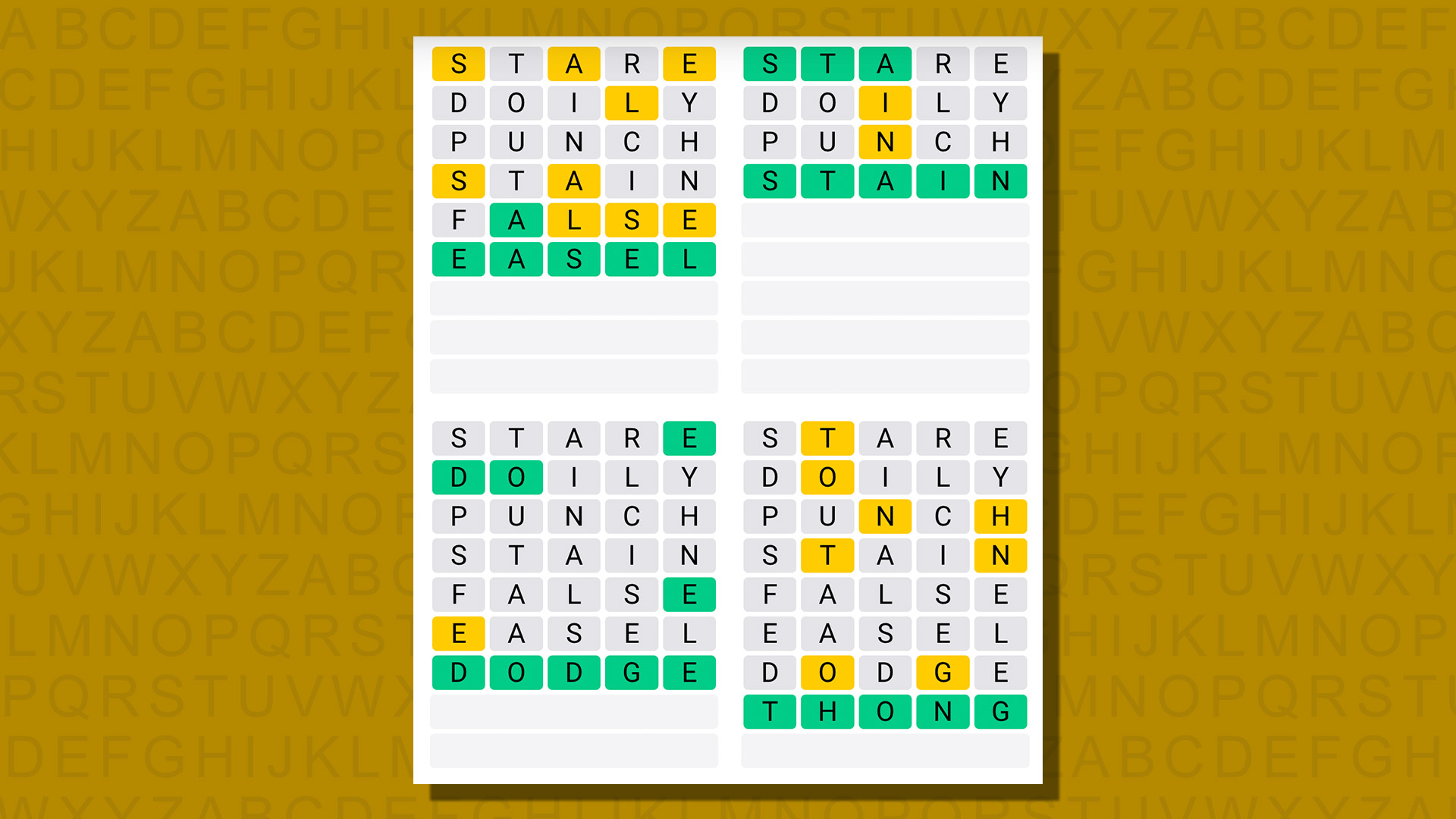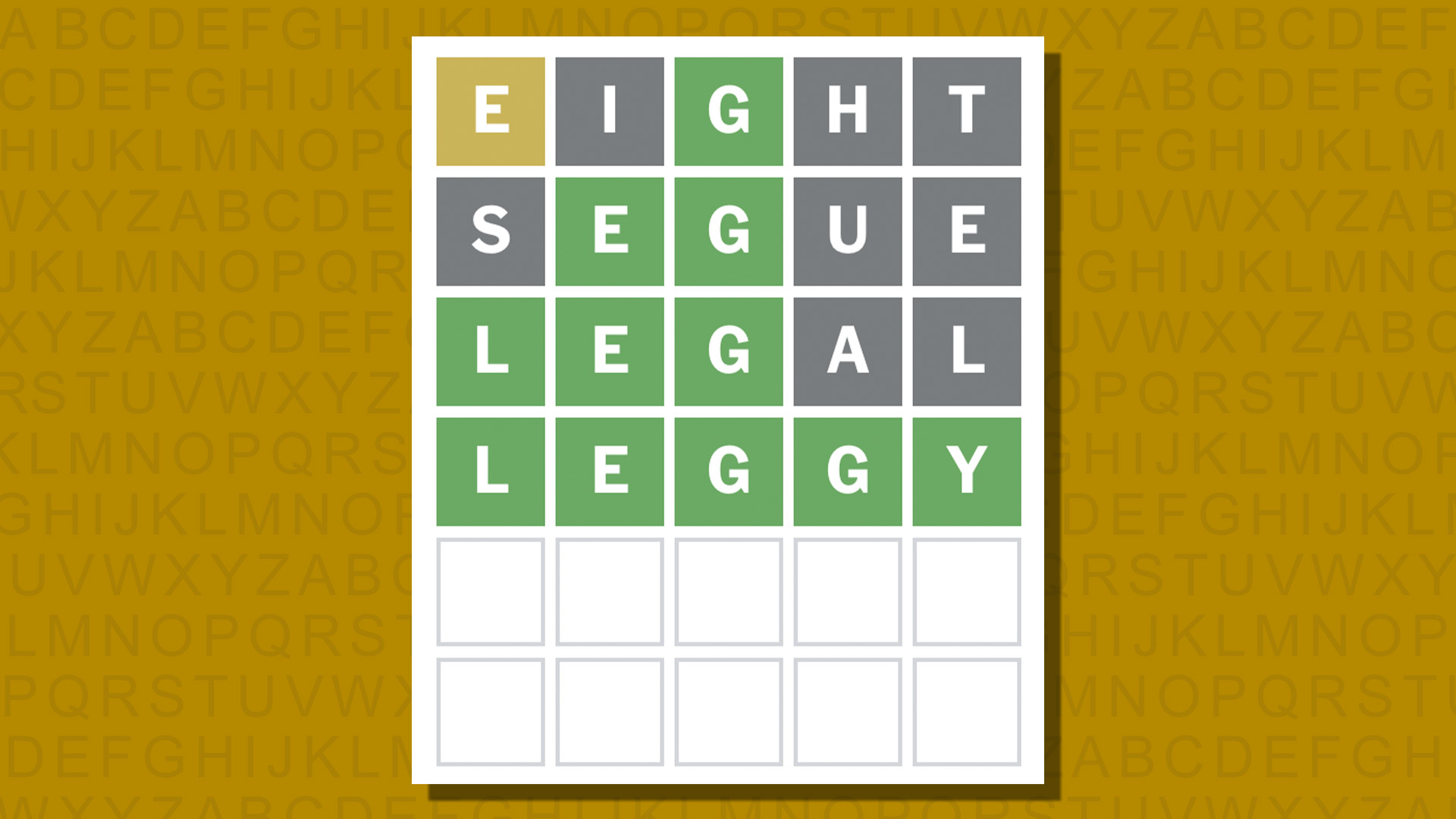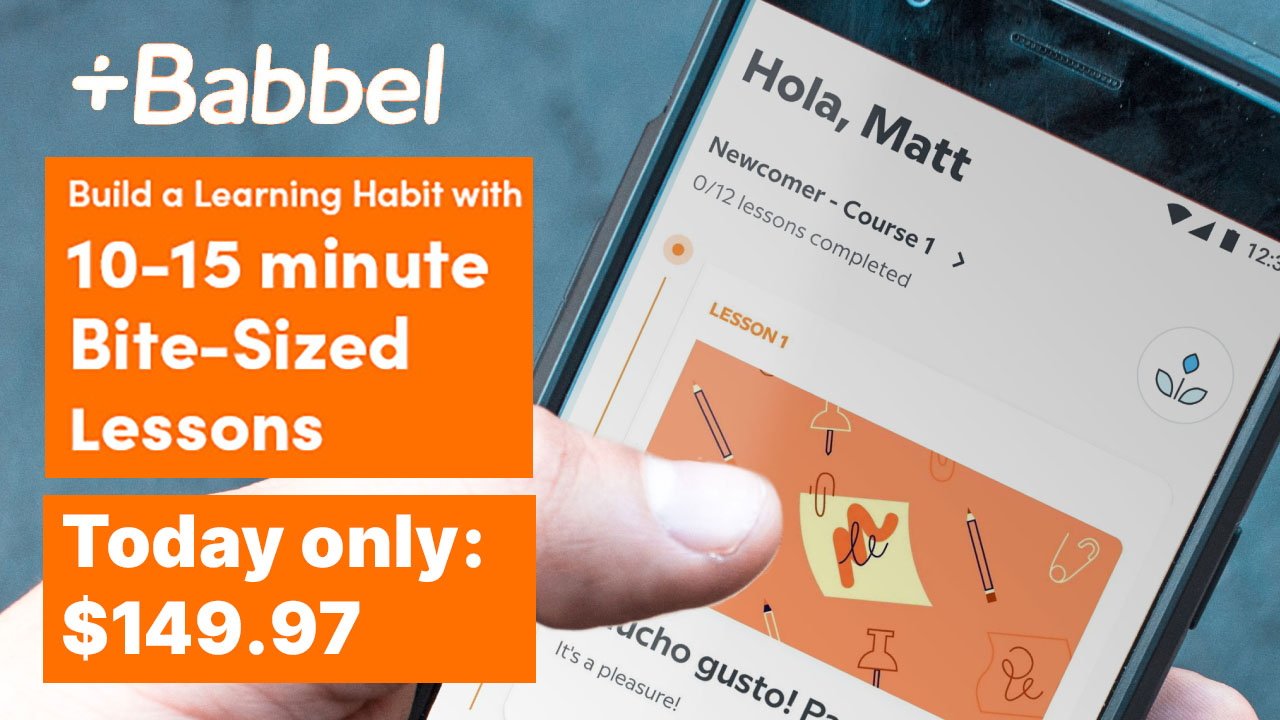Go Here to Read this Fast! The 5 best portable monitors for laptops and gaming in 2024
Originally appeared here:
The 5 best portable monitors for laptops and gaming in 2024
Go Here to Read this Fast! The 5 best portable monitors for laptops and gaming in 2024
Originally appeared here:
The 5 best portable monitors for laptops and gaming in 2024


Developers of open world video games have a very interesting problem — how to allow and encourage the exploration of the world while at the same time making sure the players finish the main quests and follow a certain set of rules?
Analytics managers who are trying to enable their less savvy colleagues with dashboards know this exact same problem. They constantly face this tension between “exploration” and “exploitation”. On one hand, they need to build a system that is comprehensive enough to allow for the exploration of edge cases. On the other hand, they must not “drown” their users with too much information. Finding the right balance is often pretty complicated.
Let’s go back to our open-world video games developers. To make their games enjoyable while solving for the tension between exploration and exploitation, they:
(1) Build one main storyline, with alternative paths (i.e. “side quests”)
(2) Include a robust knowledge management system:
(3) Power “online communities” and offer places for experts to share their knowledge
(4) Patch things and improve game mechanics over time
A strategy that can also be applied by analytics managers.

Imagine: You’re a salesperson and you’re trying to understand how much money the customer you’re meeting with in a few minutes has been spending with your company in the past 2 years. You try to pull up a dashboard on your mobile phone — it doesn’t have mobile support. You try to resize the screen to find the right filters to use — your customer has multiple business locations so you need to filter by them all. Then the dashboard takes 2 minutes to load the last 6 months, but you actually needed the last 2 years and you forgot to update the filter for that..
There is a high chance that at some point, you gave up and just messaged your data analyst friend.
In the example above — being able to get relevant data about their portfolio in a matter of minutes is a “standard” need for salespeople — meaning that it is a repeated need that most of them have as part of their usual process / workflow. It is basically part of their main quest.
Zooming out: each team has a set of metrics they need to track on a regular basis and with a pre-defined granularity. For those metrics, they need dashboards that are simple to use, with a limited number of metrics and filters.
Once they have those dashboards in place that fulfill their primary needs effectively, they will start making feature requests for some additions (“ah, it would be nice if we could also see X,Y,Z”). Before you add these requests to existing dashboards, it is important to keep a first-principle approach: what use case was this dashboard supposed to fulfill?
From experience, it is better to:
Beware of dashboard inflation though as that can create a lot of issues down the line (from maintenance to conflicting data). It is important to always keep track of which dashboard is solving which use cases — and make sure what can be consolidated is consolidated. Your “dashboard ecosystem” (i.e. your suite of dashboards) will thrive only if you have a holistic approach and you make sure that each of your tools are differentiated and don’t overlap.
And with this approach, you can solve ~50% of the most common issues that are reported regarding dashboards, and your dashboards can effectively start complementing and simplifying your users’ routines (instead of complicating them).
Your newly formed system can only be successful if people understand it and start using it. For the former, building a robust knowledge management system (KMS) is key. This KMS ensures everyone can find the relevant info re:your dashboards: where they are, what info they contain, what data transformations are being done, etc. An effective Knowledge Management System is:
On top of establishing this KMS — you’ll want to conduct training sessions. Similar to tutorials in open-world games — where you learn how to use your weapons and fight battles — this is where you explain to your users how to win. A few tips:
With the above — you ensure that your team is not only equipped with powerful dashboards but also has the knowledge and training to use them effectively.
This step is often overlooked, but basically, you can’t generate value to your users if they never heard of your tool. Understanding how your users find your dashboards, what is your activation / retention rate for the different elements, where the drops in the funnel are, and how you can improve those are part to building a healthy ecosystem.
A few strategies that worked well for me are:
With those strategies, you ensure adoption and that your users will work with you — to build the best ecosystem that will generate the most value for them.
A dashboard ecosystem success is as much about the “WHAT” than it is about the “HOW”. You can build the best tools in the world, but if your users don’t know about them, or if they don’t know how to use them — then they will never generate any value.
And If you want to read more of me, here are a few other articles you might like:
PS: This article was cross-posted to Analytics Explained, a newsletter where I distill what I learned at various analytical roles (from Singaporean startups to SF big tech), and answer reader questions about analytics, growth, and career.
Having a Comprehensive Dashboard Strategy for Analytics Managers was originally published in Towards Data Science on Medium, where people are continuing the conversation by highlighting and responding to this story.
Originally appeared here:
Having a Comprehensive Dashboard Strategy for Analytics Managers
Go Here to Read this Fast! Having a Comprehensive Dashboard Strategy for Analytics Managers



Most developers of Apple software are familiar with Apple’s integrated development environment (IDE) Xcode.
But there are several utility applications bundled inside Xcode which are often overlooked.
Go Here to Read this Fast! Apple shares new Vision Pro ad just days before launch
Originally appeared here:
Apple shares new Vision Pro ad just days before launch


Go Here to Read this Fast! Quordle today – hints and answers for Monday, January 29 (game #735)
Originally appeared here:
Quordle today – hints and answers for Monday, January 29 (game #735)





Posted to the official Apple YouTube channel on Sunday, the minute-long ad spot titled “Hello Apple Vision Pro” starts off by showing a man putting on the headset for the start of the working day. After donning the device, eye tracking and a finger pinch is used to open up Keynote, before Messages is brought into view.
The video then shifts to a man watching a movie on a couch, making the screen bigger with a gesture. The rest of the commercial shows other situations where the headset could be useful, including a FaceTime call, a man viewing a panorama, and a woman blocking out her surroundings while on a plane to watch a film without distractions.



Go Here to Read this Fast! Flash deal: get a lifetime Babbel subscription for $149.97 today only
Originally appeared here:
Flash deal: get a lifetime Babbel subscription for $149.97 today only